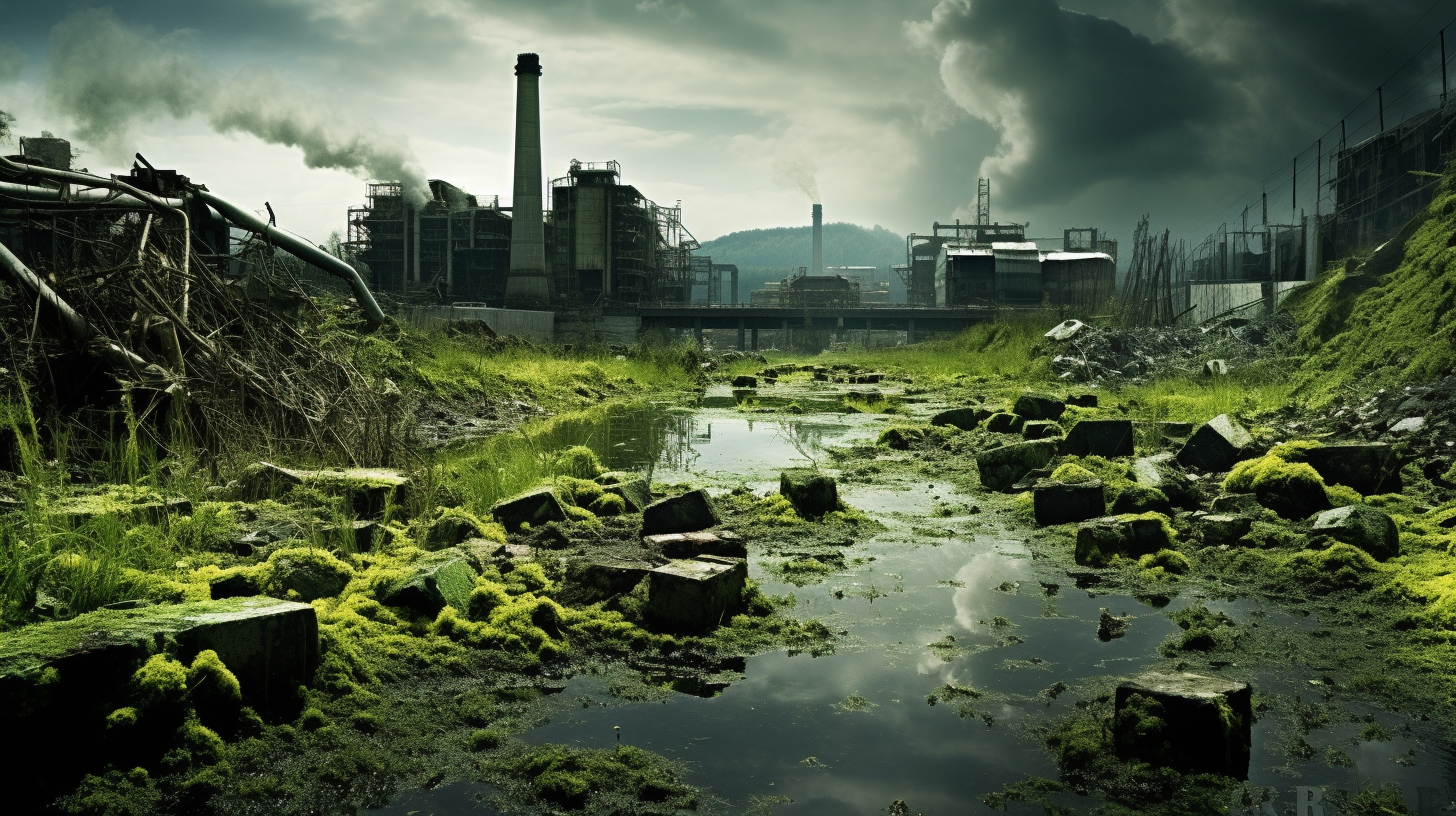In a landscape overarched by rusting skyscrapers and crumbling edifices, where the clamor of urban life has dimmed to a ghostly whisper, nature conducts its silent uprising. The Green Rebellion has swept through the concrete jungles of our forsaken cities, weaving a verdant tapestry amidst the steel carcasses of a once-thriving civilization. This is not mere resurgence; this is a verdant revolt.
Amidst the ruins of our own making, nature has declared its dominion with wild vines strangling streetlights, and saplings shattering the asphalt like triumphant warriors. In the heart of London, Hyde Park has breached its boundaries, plunging deep into the surrounding boroughs with an untamed ferocity no one could have predicted in the past. In Tokyo, the Shibuya Crossing, now renamed by some surviving naturalists as the ‘Shibuya Forest,’ is home to an array of species that have taken to the skies and the grounds, flaunting nature’s adaptability.
The phenomenon is a grotesque mirage of what could have been a paradise – if only our forebearers had heeded the warnings. It is a grotesque parody of the Garden of Eden, a testament to life’s indefatigable insistence, yet mocked by the omnipresent decay of human legacy.
Marveling at scenes of wild deer prancing through the desolated canyons of Wall Street, or flocks of birds nesting atop the skeletal frames of amusement parks, one finds a mordant beauty. It is as if the Earth, in a display of both mourning and endurance, is reclaiming its space one root, one branch, at a time. One cannot help but ponder – is this what awaits our future generations, should we persist on the path of environmental ignorance?
The Green Rebellion is more than a natural resurgence; it is a powerful message from Mother Earth herself. With tendrils of ivy as her messengers, and trees as her sentinels, the message is clear – the era of human dominion is over, and Earth is resetting the clock. This isn’t the verdant utopia environmentalists dreamed of; it’s a somber canvas illustrating the price of human arrogance.
Interviews with survivors and naturalists surviving in the urban wilderness reveal a mix of awe and sorrow. ‘To see nature flourish in the absence of man’s interference is a spectacle of awe,’ says one scientist from a makeshift camp in the reclaimed Central Park, now a dense understory. ‘But it’s a harsh reminder that our planet needed to breathe, at the cost of our absence,’ they added, eyes tainted with the specter of a world that could no longer sustain its children.
Through the thicket of our missteps, however, lies a sliver of wonder. We find undiscovered species of plants pushing through the rubble, and animals once thought extinct resurface in the sanctuary of the urban wildlands. This reclamation is not selective; it is nature’s indiscriminate renaissance. The ironic symbolism is unmistakable – the fall of a species that saw itself as indomitable has given rise to a biodiversity that speaks to the inherent strength of the natural world.
As we chronicle this verdant insurrection, we unearth poignant tales: unnoticed, a new ecosystem thrives on the remains of the High Line in New York, foxes skulk through the silent boulevards of Paris, and a stubborn resilience permeates the air we no longer pollute. It’s incredible, it’s heartbreaking, it’s the rawest depiction of earth’s indomitable will.
The Green Rebellion, with its entwined roots and burgeoning groves, is an epic narrative, simultaneously a eulogy and a paean. It serves as a canvas of contrast, commingling the vitality of life with the desolation of abandonment. We are witnesses to an unfathomable play of persistence, wherein the characters of flora and fauna, once supporting acts in our anthropocentric drama, have emerged as the protagonists of a new age.
And so, the verdant uprising continues, unimpeded and vast, a testament to earth’s resilience and a somber prophecy of what lies ahead. To comprehend its full scope is to look fate in the eye, acknowledging what could have been prevented. We stand transfixed as spectators to an unwilling revolution, where the grass cracks the foundation, not in malice, but in liberation.
The questions left behind in this theater of green are not for the silent audience but for the footprints yet to tread upon the regrowth. In this rebellion lies a harsh lesson: we are but transient custodians, and the world, in its untamed, unyielding majesty, will always prevail.
